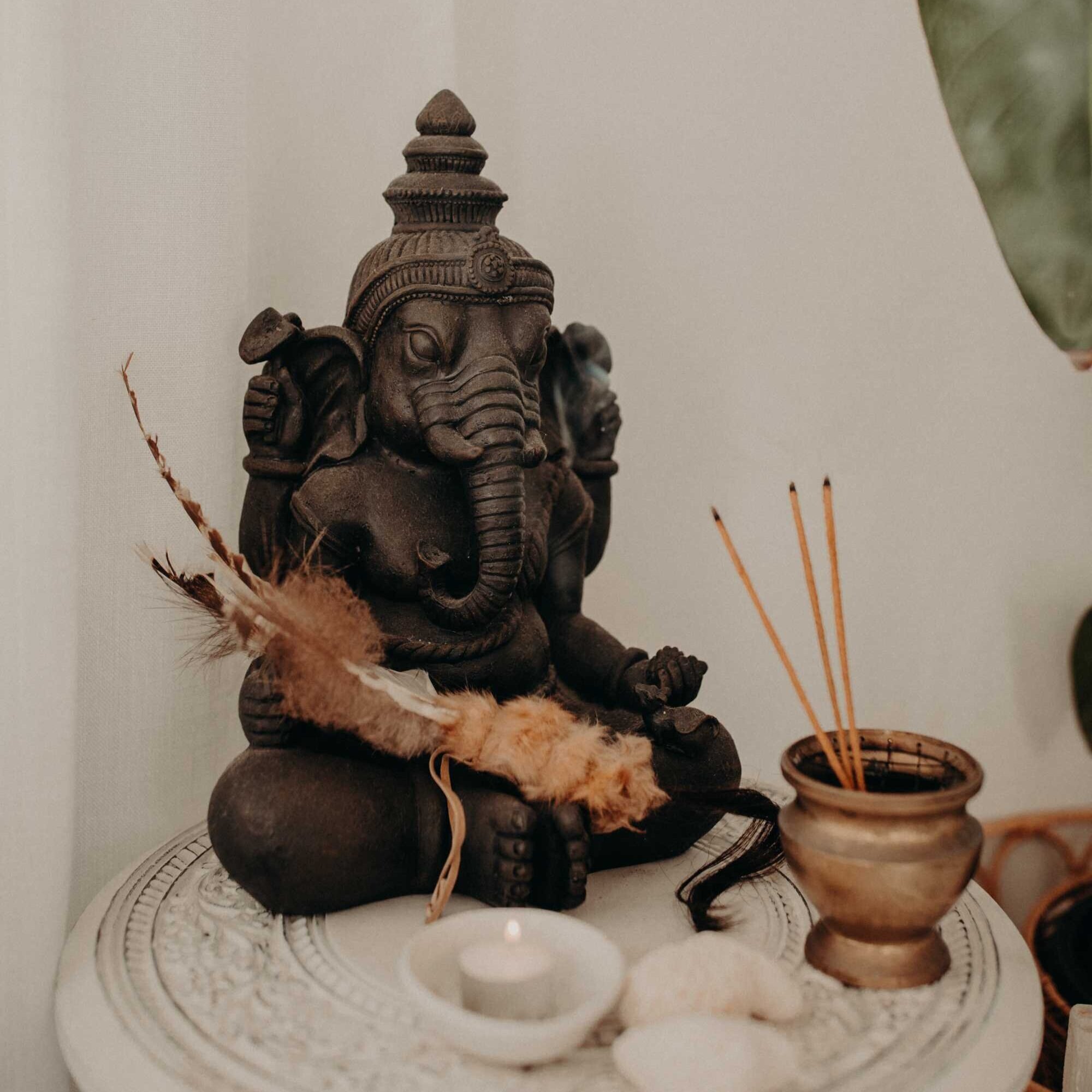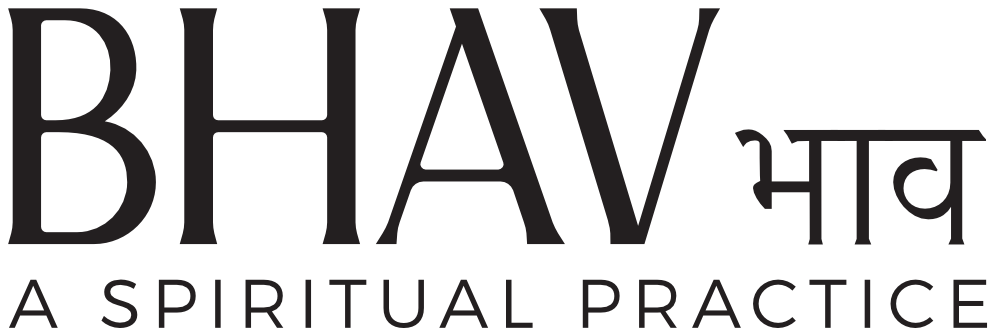
BHAV BLOGS
CONTAIN AND PURIFY
As we become more sensitive to energy, we also become more skilled at building, shaping, and directing it—and just as importantly, learning how and where not to leak it. This takes great intention and the use of subtle inner techniques, which help develop our energetic awareness. Over time, we also gain the ability to refine and purify the quality of our Prana.
PRANA IN THE HEART
In the sacred journey of yoga, as our practice deepens, we begin to perceive subtle layers of energy that shape our inner and outer experience. At Bhav Yoga Studio, our current teacher training is immersing us in the transformative wisdom of Prana, especially its radiant solar aspect and deep connection to the heart center.
Expand and Receive
It’s essential that we learn to calm and stabilise the mind first before stepping into the Sun. The Sun represents Prana—life force energy. Just as the Sun shines indiscriminately on all things, Prana does the same, bringing to life whatever it touches and ideally we do not want to amplify our unconscious, negative tendencies.
Foundations SET
The first four stages of Hatha Yoga—Purification, Strengthening, Calming, and Stability—have been at the heart of our journey so far. These opening weekends of the Yoga Teacher Training have laid a strong foundation, preparing us for what lies ahead.
MOON - Minimise the Manic
Yoga and Ayurveda are two deeply interconnected sciences, guiding us toward balance, vitality, and a deeper understanding of ourselves. Ayurveda, often called the sister science of Yoga, provides the framework for living in alignment with our unique constitution, while Yoga offers the practices to refine the body, mind, and consciousness. Together, they create a holistic approach to well-being that extends beyond physical health into the realm of true self-awareness.
MOON - Ground and Stabilise
As we begin the journey of yoga teacher training at Bhav, we anchor ourselves in the wisdom of the Moon. In yogic philosophy, the Moon represents the mind—fluid, ever-changing, yet deeply influential. Before exploring the vast energy of Prana and beyond, we first cultivate steadiness and clarity within.
3 STAGES OF HATHA - FIRE
Tantra is the path of transformation—one that dissolves the illusion of separation between the sacred and the mundane. Every Tantric practice is designed to awaken us to the inherent power and sacredness within all of life. In doing so, we come to recognise that this same power—the Fire—is our own true essence. If we seek to experience a luminous reality, we must first become luminous ourselves. Practice is the alchemical process that makes this possible.
3 STAGES OF HATHA - Sun, The Solar Path
Prana is derived from Pr (primary, permeating all things) and Ana (movement, animation). It is the universal life force, the power behind all action—whether constructive or destructive. Understanding how to harness and direct Prana determines the direction of our lives. The more Prana we access and refine, the more empowered we become.
3 STAGES OF HATHA - Moon
The modern idea that yoga is about flexibility is a recent misunderstanding. Flexibility alone will only take us so far. True yoga begins when we slow down, cultivate stability, and face the aspects of our mind we often avoid. In that stillness, we catch a glimpse of who we are beyond thought, time, and space.
7 TONGUES OF THE FIRE - BHAKTI: Reverence
This journey diverges from the path of Vinyasa Krama, which emphasises navigating the pairs of opposites and cultivating a practical, skillful dualism. With Advaita, the aim is to progressively detach from the world of Prakriti—beyond mind, time, matter, and energy—and to rest in the non-dual awareness that transcends these aspects of existence. Once we have developed a foundation in practices like Fire Practice, engaging in 40-day sadhanas with an Advaita focus (such as Mantra Laya) can be valuable. These practices allow us to experience moments of transcendent stillness and non-attachment, preparing us to move beyond the mind’s constant chatter.
7 TONGUES OF THE FIRE - ADVAITA: Non Dual Awareness
This journey diverges from the path of Vinyasa Krama, which emphasises navigating the pairs of opposites and cultivating a practical, skillful dualism. With Advaita, the aim is to progressively detach from the world of Prakriti—beyond mind, time, matter, and energy—and to rest in the non-dual awareness that transcends these aspects of existence. Once we have developed a foundation in practices like Fire Practice, engaging in 40-day sadhanas with an Advaita focus (such as Mantra Laya) can be valuable. These practices allow us to experience moments of transcendent stillness and non-attachment, preparing us to move beyond the mind’s constant chatter.
7 TONGUES OF THE FIRE - Sushumna: The Sacred Stream
In the yogic tradition, the Sushumna is regarded as the central channel through which spiritual awakening and higher consciousness are realised. Often referred to as the “sacred stream,” Sushumna represents the pathway of transcendence, guiding us from the limitations of the material world to the expansive truth of our being.
7 TONGUES OF THE FIRE - Rudrani
Rudrani is the Tantric “technical” name for the awakened Kundalini (Prana Shakti) at the navel centre, also known as Bhuta Agni—the fire that consumes the ghosts of the past. It is a force of profound transformation, and once activated, it holds the power to dissolve the limitations that keep us bound to old patterns and conditioned behaviours.
7 TONGUES OF THE FIRE - Prana Dharana
Learning to gather and direct energy (Prana) is the foundation of an effective practice, whether the goal is spiritual growth or material success. Prana Dharana awakens the potential within a practice and transforms visualisation into direct experience. Activating a field of Prana unlocks deeper layers of our practices, revealing insights that cannot be accessed through surface-level effort.
7 TONGUES OF THE FIRE - Viveka Shakti
Viveka Shakti, the highest expression of spiritual discernment, is the awakened power of Buddhi (intellect) operating at its highest level. In some Tantric traditions, it is regarded as a Siddhi, or spiritual superpower. Imagine seeing the truth in every situation—free from projection, delusion, or confusion about yourself and your capacity. Such clarity would profoundly transform your life.
7 TONGUES OF THE FIRE - Santati
In yogic philosophy, our perception of reality and the world is called Santati—our worldview. How we view the world shapes our ability to align with higher truths and live with clarity and purpose.
The Elements - Ether
In the ancient wisdom of yoga, ether—known as Akasha in Sanskrit—is the most subtle and expansive of the five elements. Ether represents pure space, the container in which all other elements exist. It is intangible, infinite, and deeply connected to the vibrational energy of sound. On a subtle level, ether can be understood as the energetic field that holds everything together—much like the electromagnetic field that unifies and conducts energy in our physical world.
The Elements - Air
The element of air is a bridge between the tangible and intangible, connecting the physical body to the subtle realm of thoughts, emotions, and spirit. Representing movement, freedom, and expansion, air governs our breath and is intrinsically linked to the heart chakra, or Anahata.
The Elements - Fire
The fire element, or Agni, symbolises transformation, energy, and vitality. It governs digestion and metabolism on both physical and mental levels, burning away what no longer serves us and forming clarity, purpose, and growth. Fire’s characteristics include heat, tapas, and intensity, making it a powerful force for change and illumination.
The Elements - Water
The elements, as we know them, are the physical manifestations of deeper energetic forces operating beneath the surface of reality. Among them, water represents fluidity, adaptability, and connection. It is less dense than earth yet more tangible than fire, bridging stability and transformation.




















